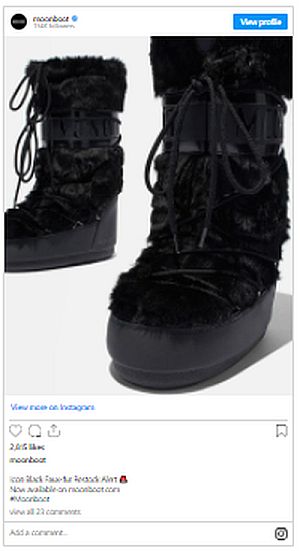In this article, we will discuss two recent decisions in the European Union ("EU") that deal with trade mark registrability. These decisions are of interest to South Africa because EU trade mark law is very similar to South African trade mark law. EU decisions can certainly be persuasive in South Africa.
A WORD MARK: ARCHFIT
The back story
The company that makes Skechers footwear filed an EU trade mark application for the mark ARCHFIT in class 25 for "footwear". This application was refused for lack of distinctiveness. The matter went up to the General Court, which upheld the refusal, in other words, agreed that the word Archfit is descriptive of the goods and therefore not registrable. There's nothing remarkable about the decision but the manner adopted by the court is interesting – it could be described as thorough, bordering on pedantic.
The decision
The court made the following points:
- The consumer to be considered here is the average consumer who is English-speaking.
- This consumer will perceive the word arch as "relating to the raised part of the foot formed by a curved section of bones," rather than any "remote or nuanced meanings of the word."
- The consumer, "when confronted with the word arch designating footwear ...will not engage in analysis ... (and) will not hesitate to associate that word with the human foot."
- As regards the word fit, the consumer "will understand it as...the right shape and size for somebody/something... (they)...will rule out any other meaning... that fit has, in for example the expression a fit of laughter or epileptic fit."
- Consequently, "the combination of the words arch and fit will be understood by (the consumer) as an indication that the footwear designated by the mark applied for is designed specifically to fit the arch of the user's foot."
As we said, thorough bordering on pedantic.
MOON BOOTS: A PRODUCT SHAPE MARK
A fashion icon?
This case involved the shape of moon boots. Moon boots are those big ugly things people put on when they're done with skiing and they want to sit back and drink champagne. Moon boots were inspired by the boots worn by Neil Armstrong and the handful of other astronauts who got to walk on the moon. The moon boot is very popular in Europe and in Italy, it's apparently regarded as a fashion icon. Some 20 million pairs of moon boots have been sold and the boot has even been displayed in museums, including the Louvre.
The EU trade mark application
In 2011, the company Tecnica applied to register the shape of its moon boot as a 3D trade mark in the EU in classes 18, 20 and 25 (these classes cover leather goods and footwear). Trade mark registration was granted. But a German company, Zeiteneu, applied for a partial declaration of invalidity in respect of class 25 (the class that covers footwear). This application for partial cancellation was granted by the EU Intellectual Property Office (EUIPO) Cancellation Division, and this decision was upheld by the First Board of Appeal. A further appeal was filed with the General Court.
The court's decision
The General Court said the things that EU courts like to say in matters like this. It said that the test for distinctiveness of a product shape mark is the same as it is for a conventional mark like a word or logo. But, said the court, consumer perception is different when it comes to marks which consist of the appearance of the product. The court said this:
"Average consumers are not in the habit of making assumptions about the origin of the goods on the basis of their shape or of their packaging in the absence of any graphic or word element, and it could prove more difficult to establish distinctive character in relation to such a three-dimensional mark than in relation to a word or figurative mark."
This has the effect that "only a three-dimensional mark consisting of the appearance of the product itself, which departs significantly from the norm or customs of the sector" will be registrable.
The court made the point that the relevant public here would be the general public, consumers with an average level of attention. The overall impression of the product here did not depart significantly from the norms and customs of the after-ski footwear sector. The court said that "the shape of the contested mark corresponds to the common shape of after-ski boots, which generally consist of a high shaft, often in a light synthetic material, with soles and laces."
The result
The trade mark registration in respect of footwear was cancelled.
The content of this article is intended to provide a general guide to the subject matter. Specialist advice should be sought about your specific circumstances.


